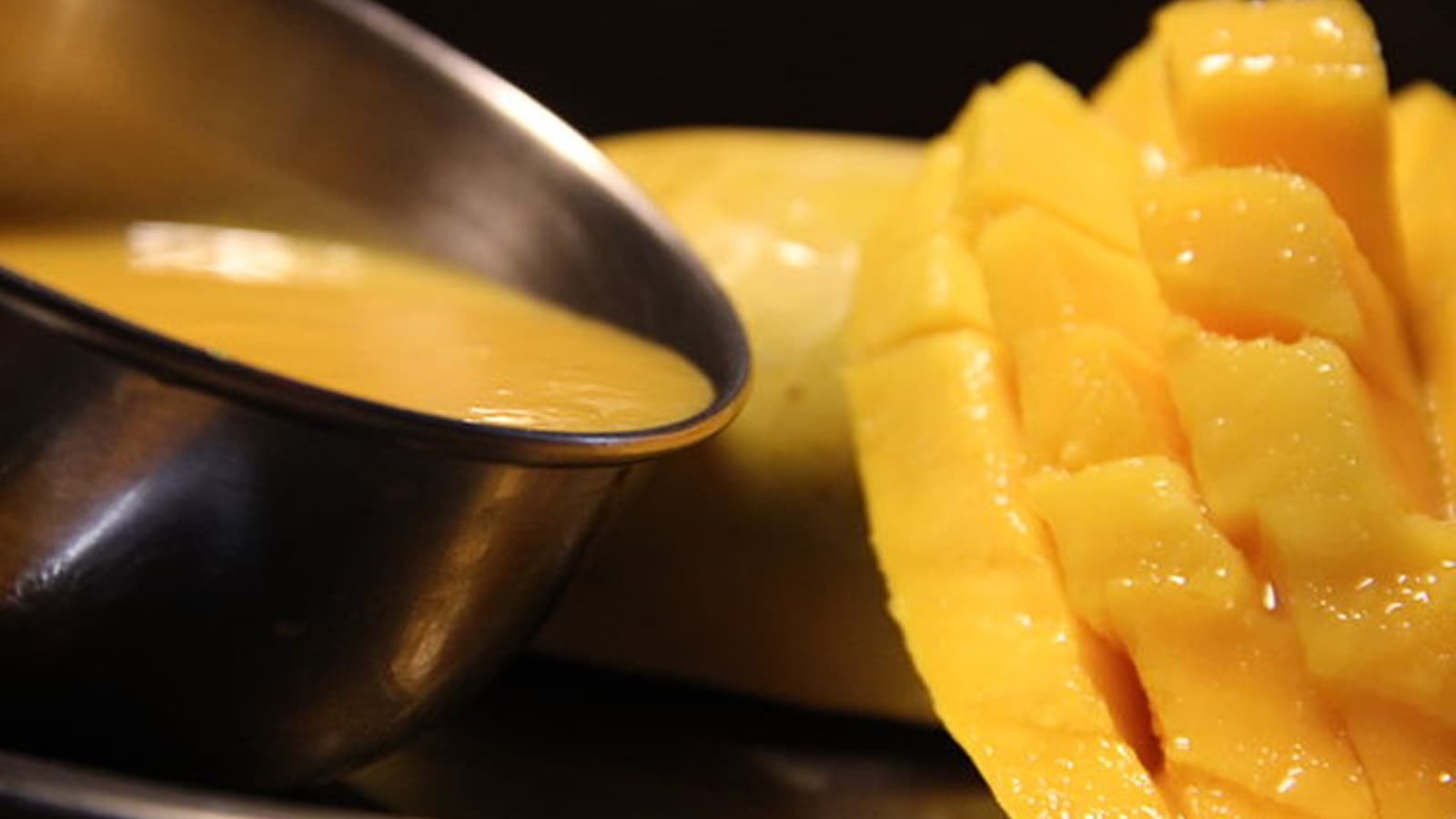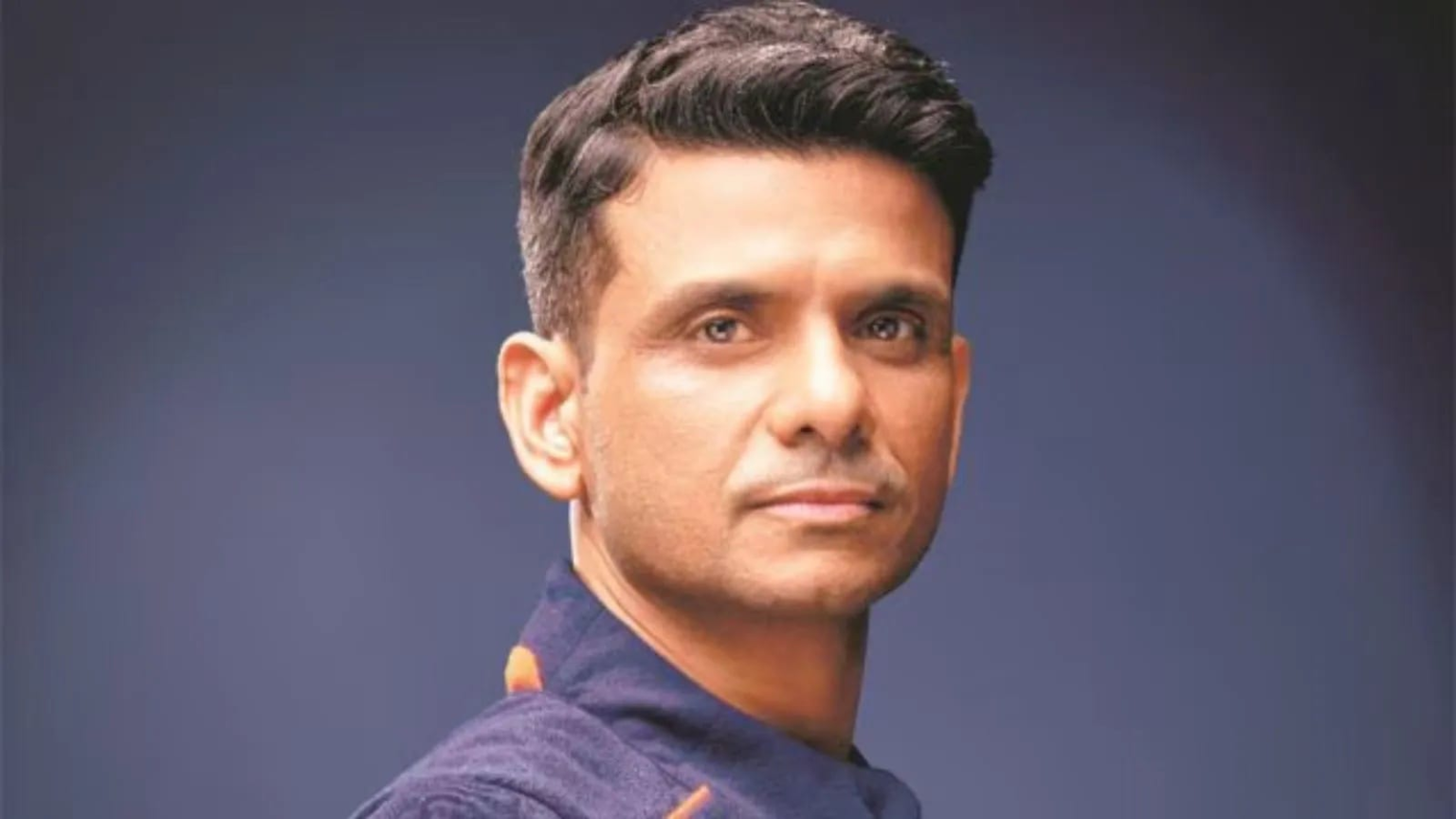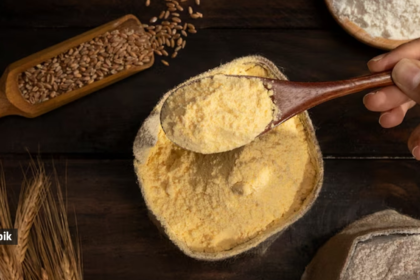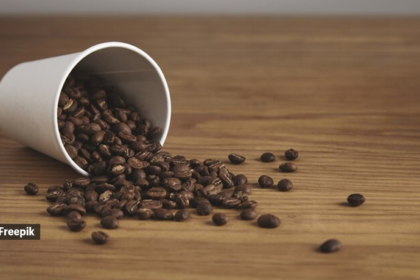The Axiom-4 mission, which was scheduled to carry Indian astronaut Shubhanshu Shukla and three others to the International Space Station on Tuesday, was postponed again to fix a leak in SpaceX’s Falcon-9 rocket, Indian Space Research Organisation (ISRO) chairman V Narayanan said in a statement.
Shukla is set to become the second Indian to travel to space after Rakesh Sharma, who completed an eight-day orbit of Earth in 1984. As the Indian Air Force pilot awaits his turn, here are some edible things he is set to carry to space.
What is he carrying?
He is carrying moong dal halwa, gajar ka halwa, and aamras.
As I prepare to spend 14 days abroad the ISS, I carry with me not just instruments and equipment but the hopes and dreams of a billion hearts, Shubhanshu said in a video titled “Crew Countdown to Launch” on Axiom Space’s YouTube channel.
Responding to a user’s question about his food aboard the spacecraft, he said, “I am carrying a few delicacies from India. You know, we have a rich culinary heritage. A few items I am carrying are aamras (mango nectar), moong dal halwa, and carrot halwa. Some of them are my favourites, and I am so happy to be able to carry them and share them with my colleagues and the astronauts at the station right now.”
While multiple reports mention that the delicacies have been prepared by his family in Lucknow, his sister Suchi Shukla firmly refuted the claims. “We also learned from the Axiom interview that he is set to carry these foods to space. Families are never allowed to interfere in such missions. It is untrue that he carries any of these foods from home. It is just impossible because they have their protocol and guidelines to follow,” Suchi told indianexpress.com in an exclusive interaction.
Suchi said that as a yoga practitioner and a health enthusiast, Shubhanshu eats healthy food with minimal oil. “While he was always a foodie, he cut down on food once he joined the National Defence Academy. His meals are structured according to his rigorous training,” Suchi said, adding, “When at home, he prefers to eat only home-cooked, simple food like dal chawal with less oil.”
Story continues below this ad
She also spoke about the mission’s delay, adding that the family is also waiting for an update on the spaceflight’s departure. “We have Nothing to say. We are as clueless. Let’s wait for an update soon,” said Suchi.
According to ISRO, the idea is also to study the impact of spaceflight on the germination and growth of crop seeds. Through the Sprouting Salad Seeds in Space experiment, a joint effort by ISRO, NASA, and BioServe, sprouted seeds will be studied for their genetics, microbial load, and nutritional profile after the mission. “This project aims to help understand how crops may be grown in space for future exploration missions,” Axiom-4 stated on its website.
 Aamras is on the menu (Photo: Wikimedia Commons)
Aamras is on the menu (Photo: Wikimedia Commons)
We consulted an expert to understand how the concept of eating and food preservation in space differs from that on Earth.
Dr Narander Singla, lead consultant, internal medicine, CK Birla Hospital, Delhi, said that food in space is a fascinating topic, especially when astronauts get to enjoy traditional Indian delicacies like gajar ka halwa and aamras while orbiting the Earth. “But eating in space is not as simple as on Earth. It involves meticulous planning, preservation, and specially designed tools to ensure nutrition and safety in a microgravity environment,” said Dr Singla.
Story continues below this ad
Freeze-drying is carried out to maintain food quality and extend shelf life in space. It removes water from food, making it lightweight and compact, while preserving its nutritional value. “These foods are rehydrated with water before consumption. Thermostabilisation involves heating food to eliminate bacteria and prolong shelf life; such items are typically packaged in cans or pouches and can be stored at room temperature,” said Dr Singla.
Dr Singla noted that irradiation is another technique, using ionizing radiation to sterilise certain foods like beef steak and smoked turkey. “Rehydratable foods, like instant noodles, soups, and cereals, are also common; water is added just before consumption,” said Dr Singla.
Eating in a microgravity environment requires special considerations. Dr Singla said that food is packaged in specially designed containers that prevent liquids and crumbs from floating away, which could pose a risk to equipment and astronauts. “Rehydration is done using a water gun to inject water into freeze-dried food packets, which are then opened with scissors. Meals are typically placed on food trays that can be strapped to the astronaut’s leg or a surface to keep them from floating away. Utensils like spoons, forks, and knives are equipped with magnets so they stay attached to the tray when not in use,” said Dr Singla.
What to note?
Since microgravity presents unique challenges, floating food particles and liquids must be controlled, epxerts urge. “Storage is limited on spacecraft, so food must be carefully chosen and compactly packaged to reduce waste,” said Dr Singla.
Story continues below this ad
Above all, maintaining a balanced diet is crucial. “Astronauts need optimal nutrition to stay healthy and perform well during missions, making meal planning a critical aspect of space travel,” said Dr Singla.














